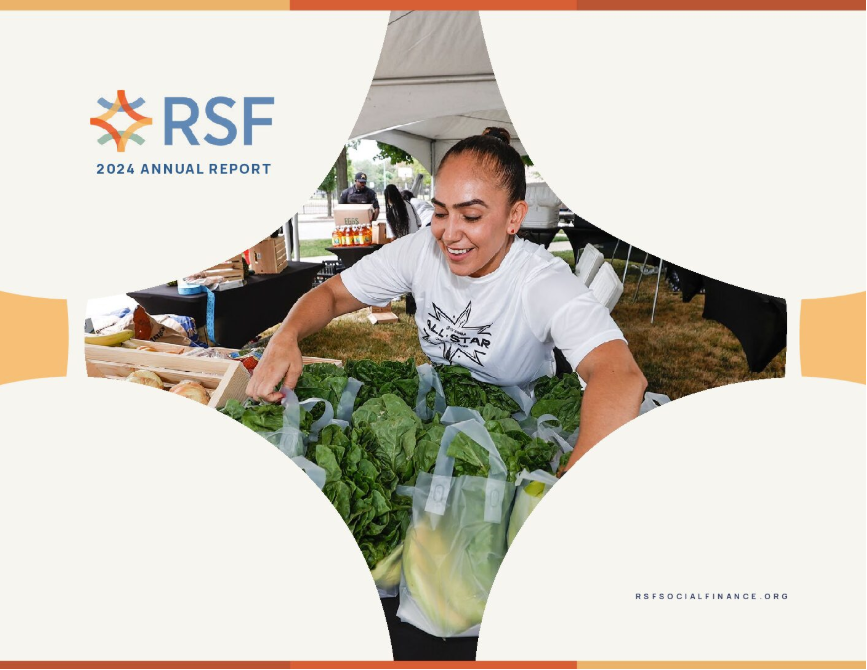Last year I had the pleasure of meeting an investment-seeking rancher, who enlightened me about the glories of ranch life. Turns out, like any valuable endeavor, ranching is full of joy and challenge, reward and risk, hard work and…more hard work. What this endeavor was not full of, at least not in the beginning, was cash flow. This is not a criticism: we discussed his long-term plans for sustainable – maybe even regenerative – ranching practices, and the tangible, trackable benefits to the soil, the broader ecosystem, and the surrounding community. In the early years, the returns from this work would be seen in the growth of microorganisms, the health of cattle, and the strengthening of community. Later on, as some of those benefits took hold, the path towards solid cash flow became visible and compelling.
Unfortunately, traditional bank financing for this ranch project (if available at all) would only recognize return of dollars – not return of nematodes, or grasslands, or community. And the bankers needed to see those dollars starting on day one — not because they were greedy or thoughtless, but because that is what their financial tools required. A plain old loan requires plain old repayments, simple as that. It’s as if we are trying to sculpt a glorious 3-D universe out of granite, using nothing but a surgeon’s scalpel. The scalpel might be a fine tool in other contexts, but it is no match for the task at hand.
Here we were faced with a central dilemma of sustainable finance: often the multidimensional, sustainable enterprises that we want to support are still constructed with the assumptions of linear, short term tools and mechanisms of finance. Due to this mismatch, it sometimes seems impossible to be a responsible environmental steward and a responsible financial steward simultaneously.
In situations like this ranching enterprise, we spend a lot of time thinking about ways to invest differently IN nature. What if we also considered ways to invest AS nature, matching form to function? What if our investment tools and processes included more elements that we see in healthy natural systems — options that are relational, adaptive, and long-term in orientation, instead of being transactional, rigid, and short-term?
Biomimicry can help to create the tools of regenerative finance. Nature has adapted and thrived for 3.8 billion years – the most compelling track record around. We can learn from the principles that guide these systems, and orient towards approaches that are robust and resilient. The six major principles of biomimicry established by Janine Benyus and Dayna Baumeister, Life’s Principles, aren’t just clever buzzwords. These concepts describe how the world around us actually functions.
Biomimicry asks us to pause before we create a product, reorganize a team, or allocate investments to ask, WWND? (What Would Nature Do?). This deceptively simple question leads to decisions that are effective instead of merely efficient, simple instead of synthetic, mindful instead of mechanical. Biomimicry aims to embrace nature’s wisdom, rather than harvesting nature’s stuff.
For example, one of life’s principles is to integrate development with growth, much as a tree develops root structure in sync with its expanding canopy. For my rancher friend, this idea leads to some interesting questions about forms of investment and types of investors. What if in the early years the rancher could start with a small pool of funding from friends and family, who would be just as happy to be paid in grass-fed beef as in dollars? Later on, when cash flow improved, they could take on more traditional loans if needed, with the confidence that dollar-based resources would be available for repayments.
by Katherine Collins
Katherine Collins is author of The Nature of Investing: Resilient Investment Strategies Through Biomimicry. She is also Founder and CEO of Honeybee Capital, a research firm dedicated to the pursuit of optimal investment decision-making. Katherine has previously served in numerous capacities at Fidelity Management and Research Company. After a career in traditional equity management, she set out to re-integrate her investment philosophy with the broader world, traveling as a pilgrim and volunteer, earning her MTS degree at Harvard Divinity School, and studying the natural world as guide for investing in a valuable and integrated way, beneficial to our communities and world.


